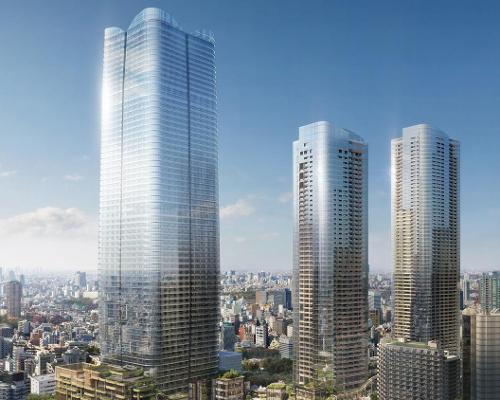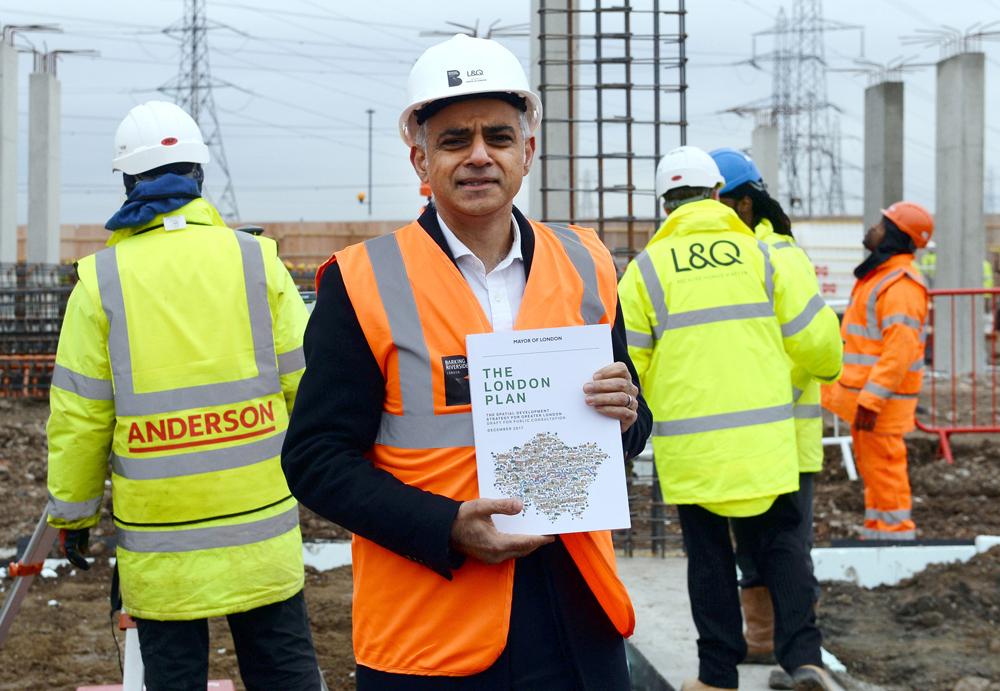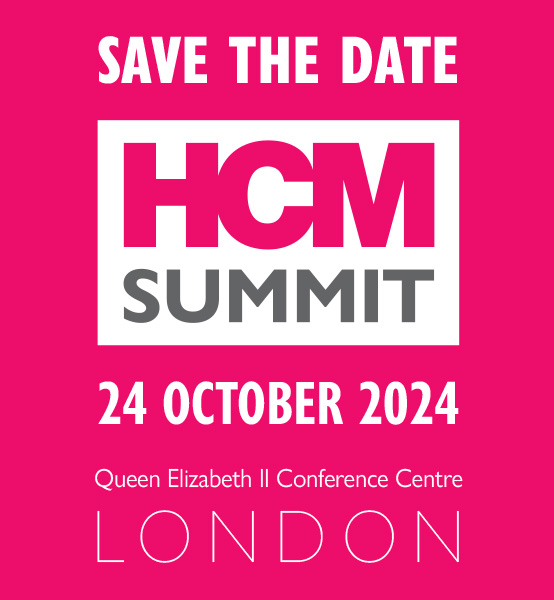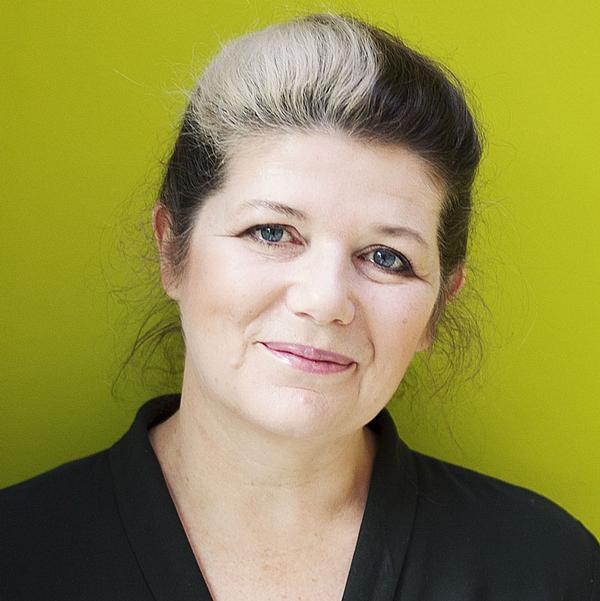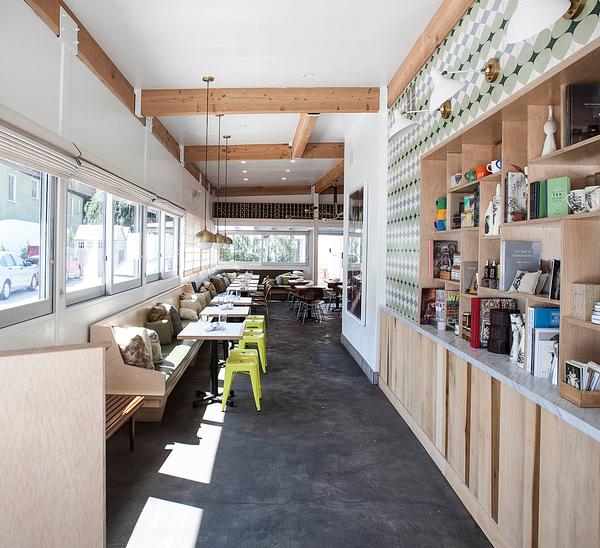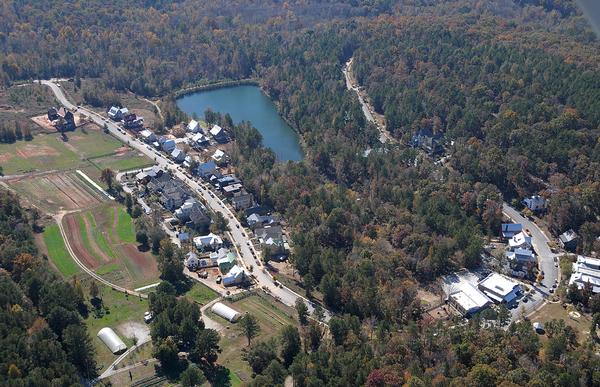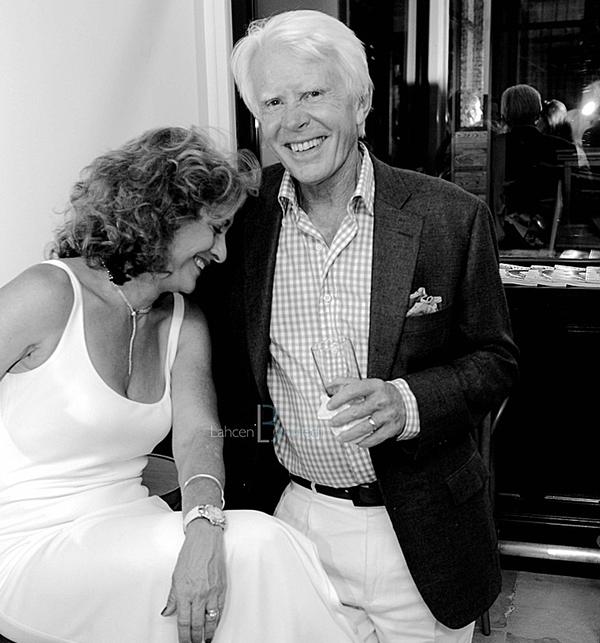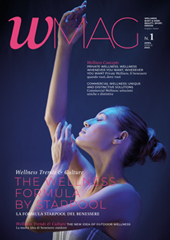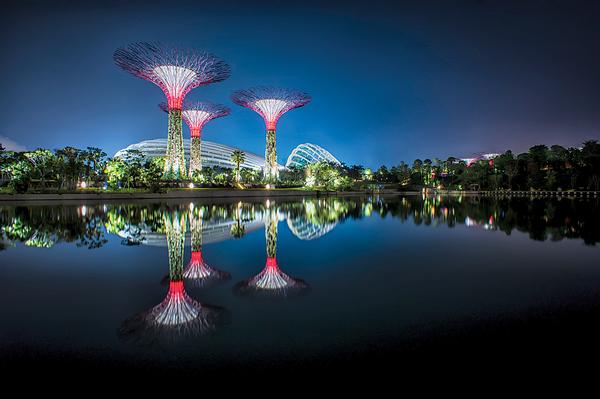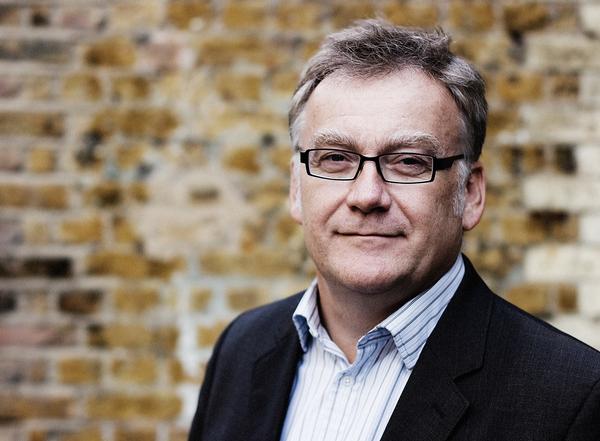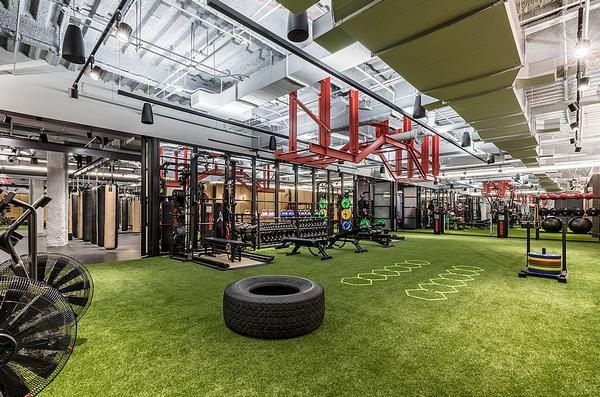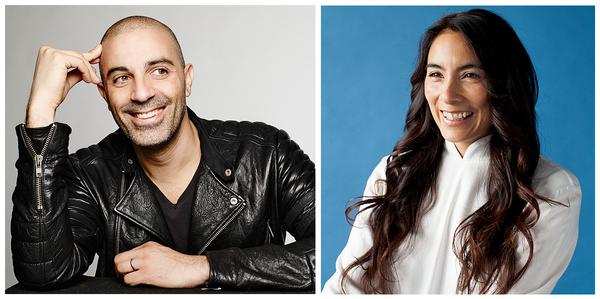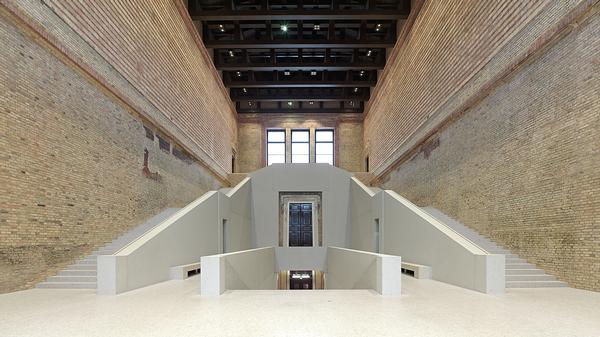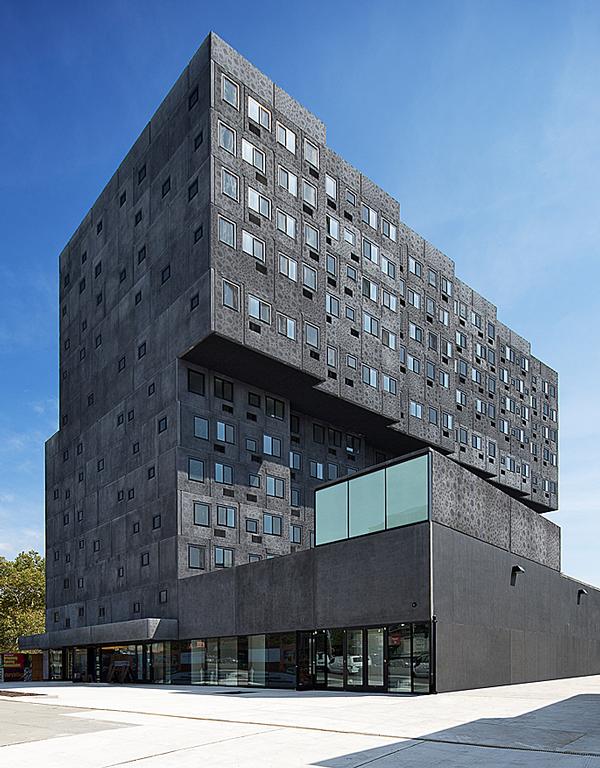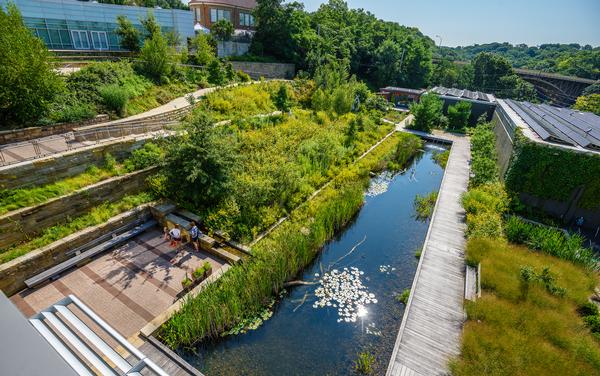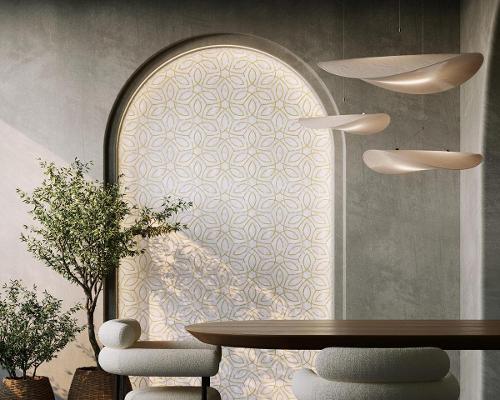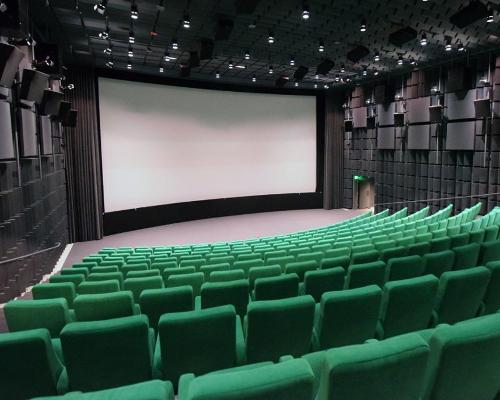What does Sadiq Khan's first London Plan mean for leisure architects and developers?
– Sadiq Khan, mayor of London
The mayor of London, Sadiq Khan, has launched the draft of his first London Plan – described as "the capital’s strategic planning bible".
The 524-page document sets out Khan’s vision for urban development and offers firm guidelines for architects and developers in a host of areas.
The plan focuses on tackling of London’s housing crisis – with proposals to build 65,000 homes per year and make 50 per cent of housing affordable. Density limits will be removed to encourage developers to build more housing near town centres and transport hubs.
The mayor has expanded on his previous pledge to make London the world’s first “National Park City” by setting a target for more than half of the capital to be green by 2050.
Design quality and suitability are of core importance to the plan across sectors – with leisure architects and developers among those urged to “deliver buildings and spaces that are positioned and of a scale, appearance and shape that responds successfully to the identity and character of the locality”.
Khan has said that all new developments in London should be of high quality, with architecture that pays attention to detail and gives thorough consideration to the practicality of use, flexibility, safety and building lifespan, through appropriate construction methods and the use of attractive, robust materials.
Meanwhile, designers are urged to ensure the public realm is “safe, accessible, inclusive, attractive, well-connected, easy to understand and maintain; relates to the local and historic context; and incorporates the highest quality design, landscaping, planting, street furniture and surfaces”.
“My London Plan sets out how we're planning for the challenges our great city faces, but crucially focuses on my vision of a London that welcomes growth, celebrates its diversity and ensures every Londoner gets the opportunity to fulfil their potential,” Khan said.
The Plan will be published for consultation on Friday (1 December), and a final version will be presented in March 2018.
CLADglobal has picked out the key points of the draft London Plan.
The planning process
The London Plan seeks to crack down on cases where a completed building is significantly different from the design initially approved.
Planning authorities are encouraged to scrutinise proposed designs in more detail, ensuring that its layout, scale, height, density, land uses, materials, architectural treatment, detailing and landscaping are all covered.
In particular, they are asked to:
• Have a sufficient level of design information, including key construction details provided as part of the application to ensure the quality of design can be maintained if the permitted scheme is subject to subsequent minor amendments
• Ensure the wording of the planning permission, and associated conditions and legal agreement, provide clarity regarding the quality of design
• Avoid deferring the assessment of the design quality of large elements of a development to the consideration of a planning condition or referred matter
• Use architect retention clauses in legal agreements where appropriate
• Identify whether tall buildings are being built in the right places and to high design and safety standards.
Fifty Mayor’s Design Advocates have been appointed “to help champion design through research, design review, capacity building, commissioning and advocacy.” Architects in this group include Sir David Adjaye, Alison Brooks, Monica von Schmalensee and Sadie Morgan.
Culture
The mayor has previously vowed to embed culture into city's planning system “in a way no world city has ever seen before” and this ambition has formed a significant section of the plan.
According to the mayor’s office, culture is growing at a faster rate than any other area of the economy – driving tourism, generating £42bn for London’s economy annually and employing one in six people. Despite this, it has lost 25 per cent of its pubs, 40 per cent of its music venues, 50 per cent of its nightclubs and 58 per cent of its LGBT+ venues due to its competitive land market.
To counter this, proposals include support for new Creative Enterprise Zones and Cultural Quarters, as well as moves to protect artist studio space and public houses.
Developers and architects are encouraged to build on the existing character of an area and encourage a mix of cafés, restaurants and bars alongside cultural venues, while ensuring mixed-use developments include cultural facilities. The opening hours of businesses like shops, cafés, libraries, galleries and museums will be extended to boost the night-time economy.
Boroughs are asked to consider the use of vacant properties and land for pop-ups, which can be used for cultural and creative activities during the day and at night-time. These aim to “stimulate vibrancy, vitality and viability in town centres by creating social and economic value from vacant properties” and ”help prevent blight in town centres and reduce the risk of arson, fly tipping and vandalism”.
They are also requested to regularly assess the need for sports and recreation facilities at local and sub-regional levels.
Khan said: “Culture plays a vital role in bringing people from all backgrounds together and I want every Londoner to have the opportunity to access culture on their doorstep. Without culture, London would lose its spirit and soul, and I’m proud that my draft London plan is the most pro-culture yet.”
Approach to heritage sites and buildings
According to the plan, “ensuring the identification and sensitive management of London’s heritage assets in tandem with the promotion of the highest standards of modern architecture will be essential to maintaining the blend of old and new that gives the capital its unique character”.
It states that London features over 1,000 conservation areas, 19,000 list entries for historic buildings, 150 registered parks and gardens, 160 scheduled monuments, and one battlefield, while non-designated assets include buildings of local interest, most archaeological remains, canals, docks and waterways, historic hedgerows and ancient woodland.
Boroughs are encouraged to work with Historic England and local communities to understand, conserve and enhance these assets, and, when planning development and regeneration, “to recognise and embed the role of heritage in place-making”.
“The built environment, combined with its historic landscapes, provides a unique sense of place, whilst layers of architectural history provide an environment that is of local, national and international value," the plan states.
“London’s heritage assets and historic environment are irreplaceable and an essential part of what makes London a vibrant and successful city, and their effective management is a fundamental component of achieving good growth.”
The plan also states an ambition to protect vistas of ‘strategically important landmarks’, including linear views, rivers and townscapes. The designation landmark viewing corridors and wider setting consultation areas will protect views of historic icons including St Paul’s Cathedral, the Palace of Westminster and the Tower of London, which campaigners believe have been compromised by dense developments around them.
The draft London Plan can be read in full, and commented on, by following this link.
Sadiq Khan Mayor of London London Plan architecture design planningRoadmap for London tourism predicts 30 per cent visitor increase by 2025
Sadiq Khan sets out vision for green London as mayor plans to make capital first National Park City
Bernard Donoghue named part of Sadiq Khan's Cultural Leadership Board for London
London mayor scraps plan for Garden Bridge
Sadiq Khan eyes more ‘world-class’ sports venues and permanent NFL franchise for London
London mayor Sadiq Khan vows to 'embed culture' into city's planning system
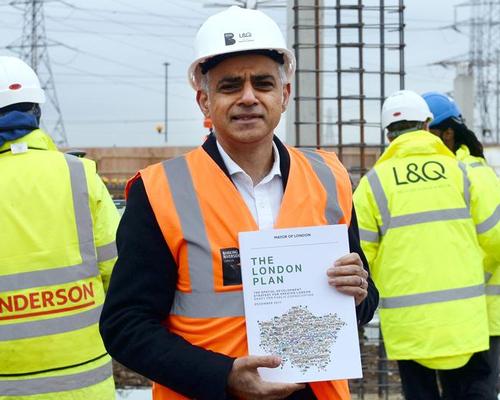

Europe's premier Evian Spa unveiled at Hôtel Royal in France
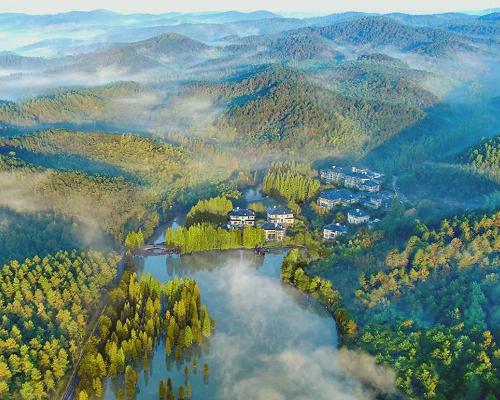
Clinique La Prairie unveils health resort in China after two-year project
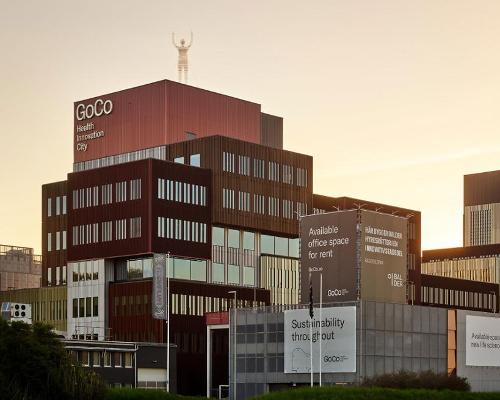
GoCo Health Innovation City in Sweden plans to lead the world in delivering wellness and new science
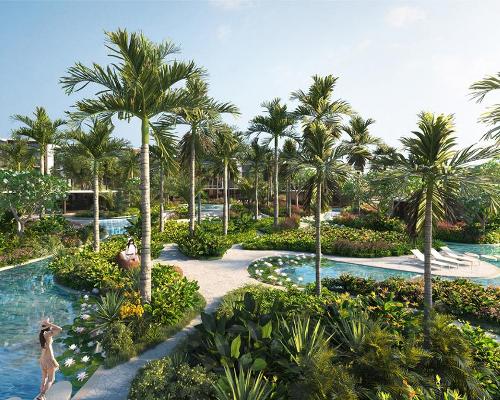
Four Seasons announces luxury wellness resort and residences at Amaala
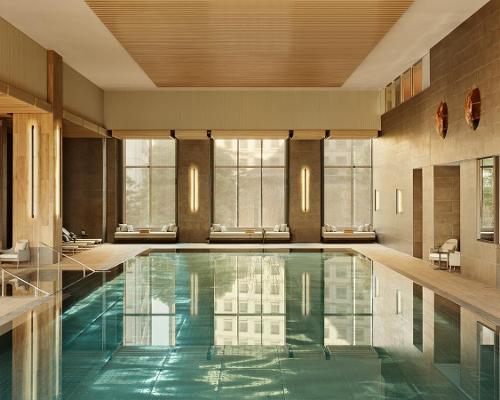
Aman sister brand Janu debuts in Tokyo with four-floor urban wellness retreat
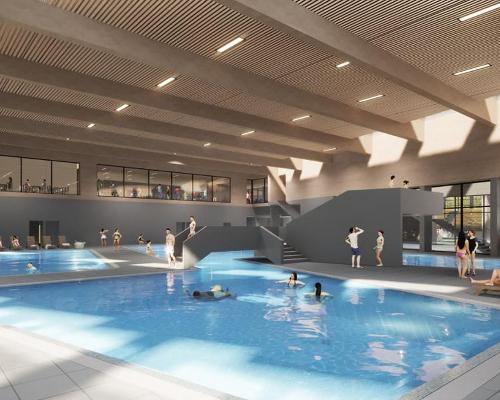
€38m geothermal spa and leisure centre to revitalise Croatian city of Bjelovar
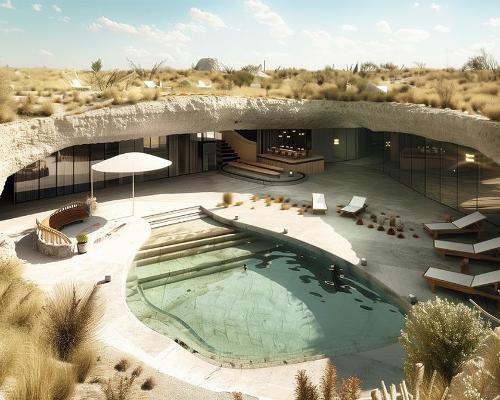
Two Santani eco-friendly wellness resorts coming to Oman, partnered with Omran Group
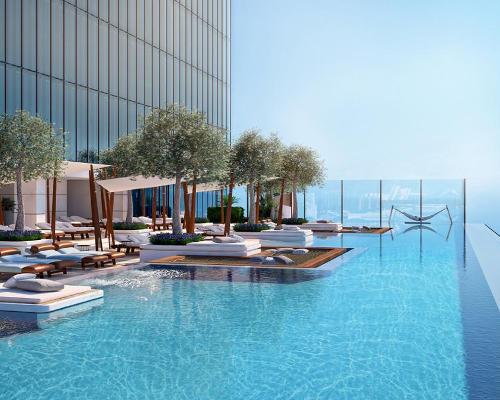
Kerzner shows confidence in its Siro wellness hotel concept, revealing plans to open 100
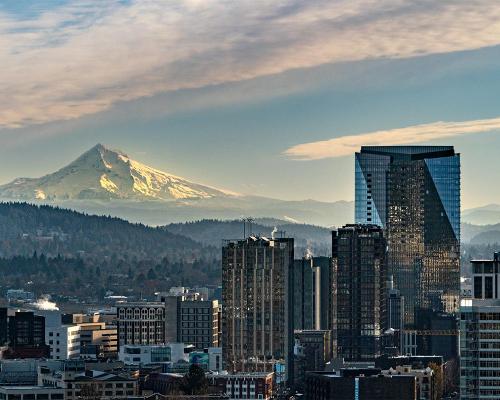
Ritz-Carlton, Portland unveils skyline spa inspired by unfolding petals of a rose
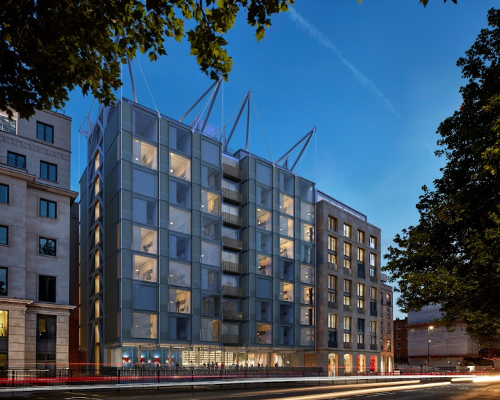
Rogers Stirk Harbour & Partners are just one of the names behind The Emory hotel London and Surrenne private members club

Peninsula Hot Springs unveils AUS$11.7m sister site in Australian outback
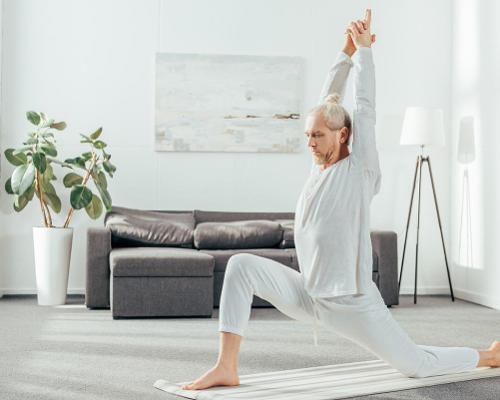
IWBI creates WELL for residential programme to inspire healthy living environments
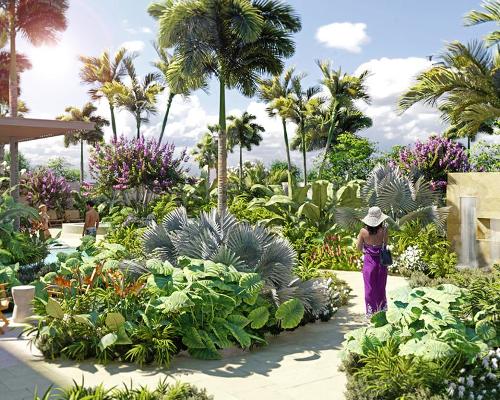
Conrad Orlando unveils water-inspired spa oasis amid billion-dollar Evermore Resort complex
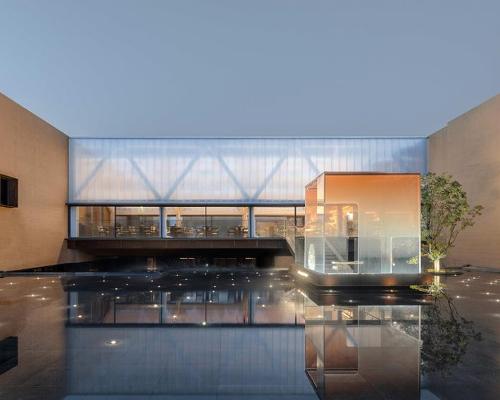
Studio A+ realises striking urban hot springs retreat in China's Shanxi Province
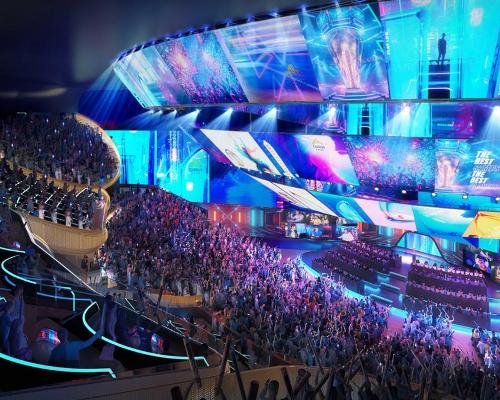
Populous reveals plans for major e-sports arena in Saudi Arabia

Wake The Tiger launches new 1,000sq m expansion
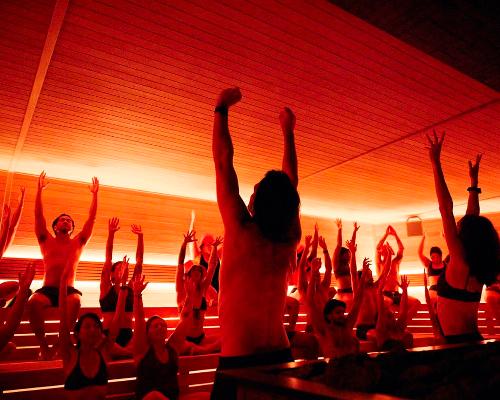
Othership CEO envisions its urban bathhouses in every city in North America
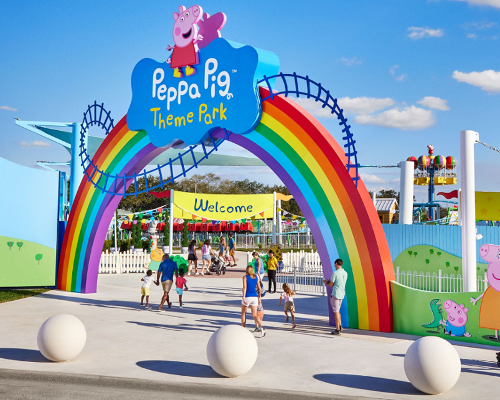
Merlin teams up with Hasbro and Lego to create Peppa Pig experiences
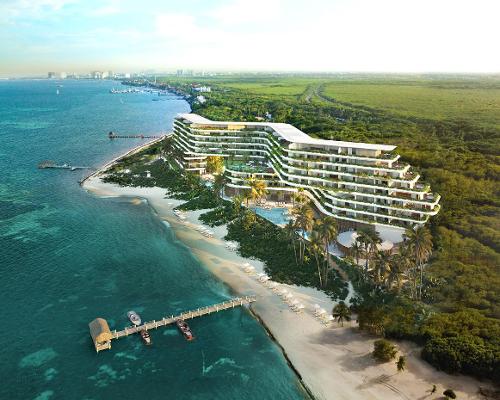
SHA Wellness unveils highly-anticipated Mexico outpost
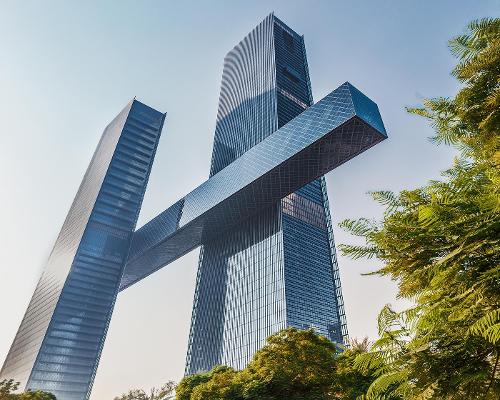
One&Only One Za’abeel opens in Dubai featuring striking design by Nikken Sekkei
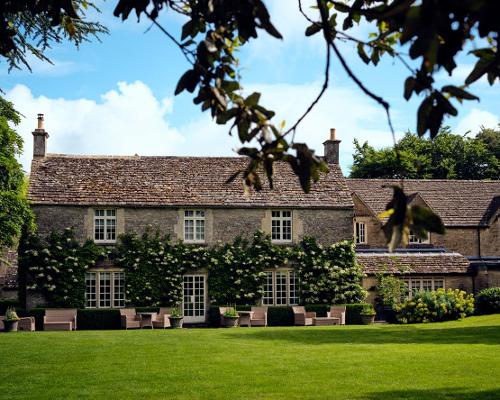
Luxury spa hotel, Calcot Manor, creates new Grain Store health club
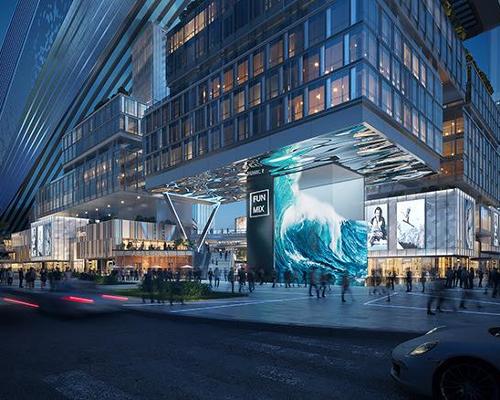
'World's largest' indoor ski centre by 10 Design slated to open in 2025
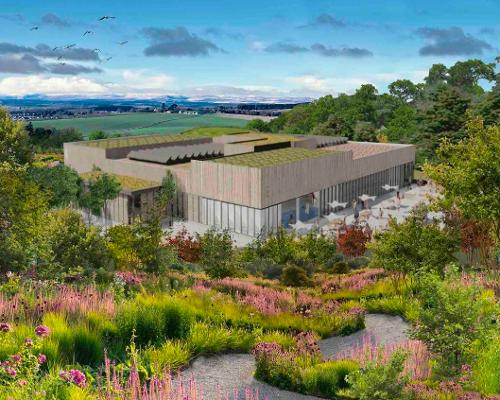
Murrayshall Country Estate awarded planning permission for multi-million-pound spa and leisure centre
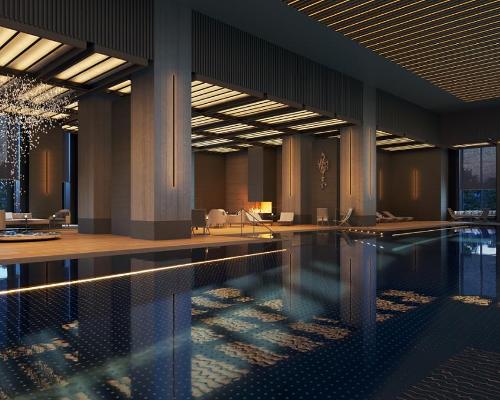
Aman's Janu hotel by Pelli Clarke & Partners will have 4,000sq m of wellness space
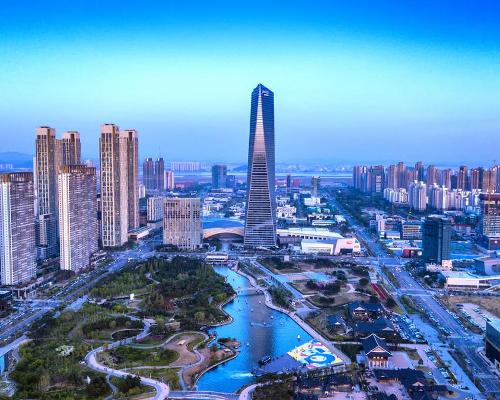
Therme Group confirms Incheon Golden Harbor location for South Korean wellbeing resort
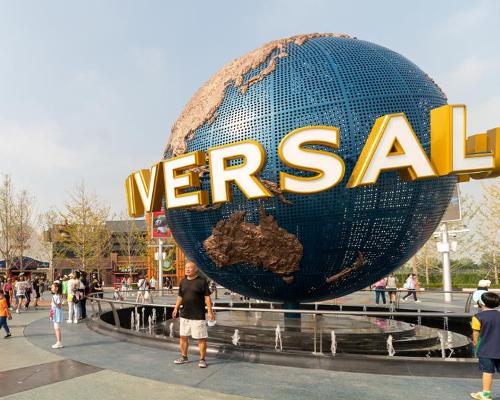
Universal Studios eyes the UK for first European resort
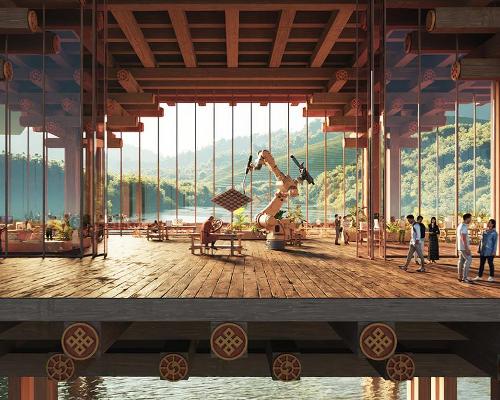
King of Bhutan unveils masterplan for Mindfulness City, designed by BIG, Arup and Cistri

Rural locations are the next frontier for expansion for the health club sector
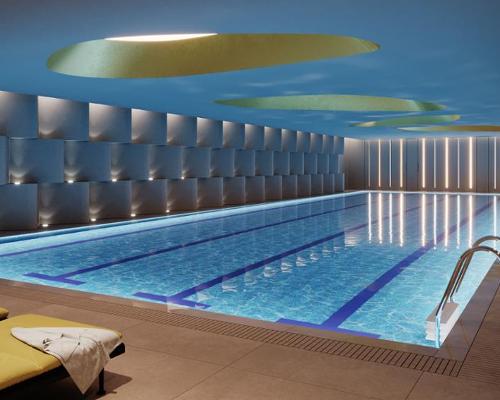
Tonik Associates designs new suburban model for high-end Third Space health and wellness club
